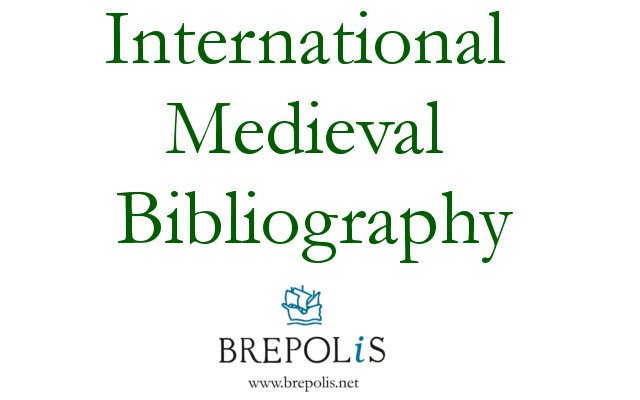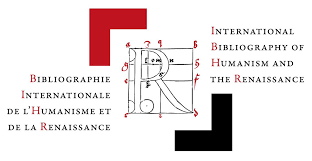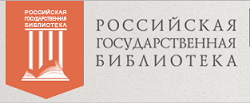“Eternal Present”. Photographic Vision of Andrzej Stasiuk (“On the Way to Babadag”)
DOI:
https://doi.org/10.31168/2073-5731.2024.3-4.16Keywords:
Travelogue, periphery, Central Europe, photography and literature, fragmentation, ekphrasis, path, memory, imaginationAbstract
The article analyses a travelogue by a well-known contemporary writer Andrzej Stasiuk. The book is devoted to the space of the Central European province, mediated by the emotions of melancholy, anxiety, nostalgia, which torment the narrator, who is connected with the described territory by the relationship of own / own (rather than own / alien). The key categories of decay, falling apart, and timelessness for the narrator’s perception of the periphery of Central and South-Eastern Europe and their place in the structure of the text are analysed. Defining the narrative strategy used by Stasiuk as photographic vision, the author explores its artistic and psychological reasons and tasks. The text is designed not so much to record what has been seen, as to imitate the imaginative process of recollection, which, in turn, reconstructs the process of seeing and endlessly reproduces the experiences of the viewer of the photograph. This proves to be the only way for the narrator to counteract the agonizing fragmentation of the worldview. The place and tasks of A. Kertész’s repetitive ekphrasis of real photography are analysed, as well as the role of photographic vision in the attempt to avoid historical perspective and to achieve spatial balance in the semantic field of Poland / Eastern Europe / Central Europe / Europe, which is painful for the Polish mentality.
Received: 30.05.2024.
Revised: 04.06.2024.
Accepted: 24.09.2024.
Citation
Adel'geym I. Ye. “Eternal Present”. Photographic Vision of Andrzej Stasiuk (“On the Way to Babadag”) // Slavic Almanac. 2024. No 3–4. P. 295–311 (in Russian). DOI: 10.31168/2073-5731.2024.3-4.16






